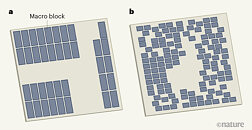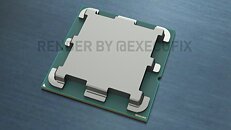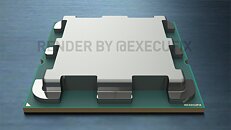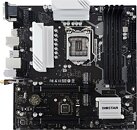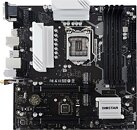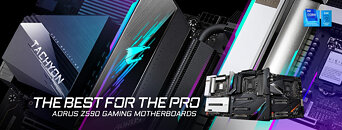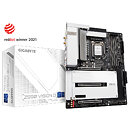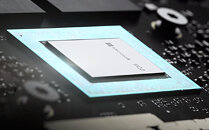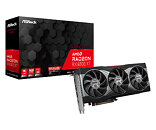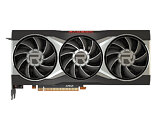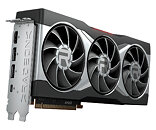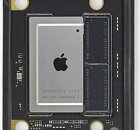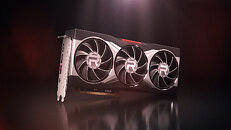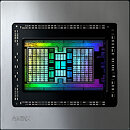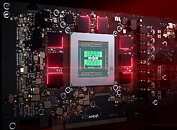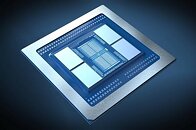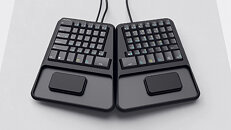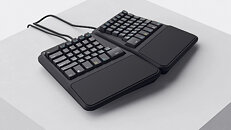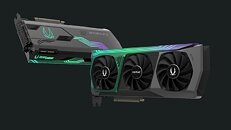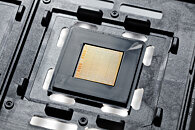
ASUS Republic of Gamers Announces Moonlight White Gaming Peripherals
ASUS Republic of Gamers (ROG) today announced an all-new gaming peripherals lineup that channels the minimalist feel of monochrome through a striking Moonlight White color scheme. The ROG Strix Scope NX TKL 80%, tenkeyless mechanical RGB gaming keyboard, ROG Strix Impact II ambidextrous gaming mouse, ROG Strix Go Core gaming headset and ROG Cetra II Core in-ear gaming headphones are all now available in North America in this stunning colorway.
ROG has a long history of weaving Aura Sync into a huge ecosystem of devices to let gamers shine a light on their personalities through their gear - but many players also seek a minimalist look. That's why the ROG color palette is expanding to include the Moonlight White series, providing a commanding counterpart to the signature red-and-black color scheme.
ROG has a long history of weaving Aura Sync into a huge ecosystem of devices to let gamers shine a light on their personalities through their gear - but many players also seek a minimalist look. That's why the ROG color palette is expanding to include the Moonlight White series, providing a commanding counterpart to the signature red-and-black color scheme.













